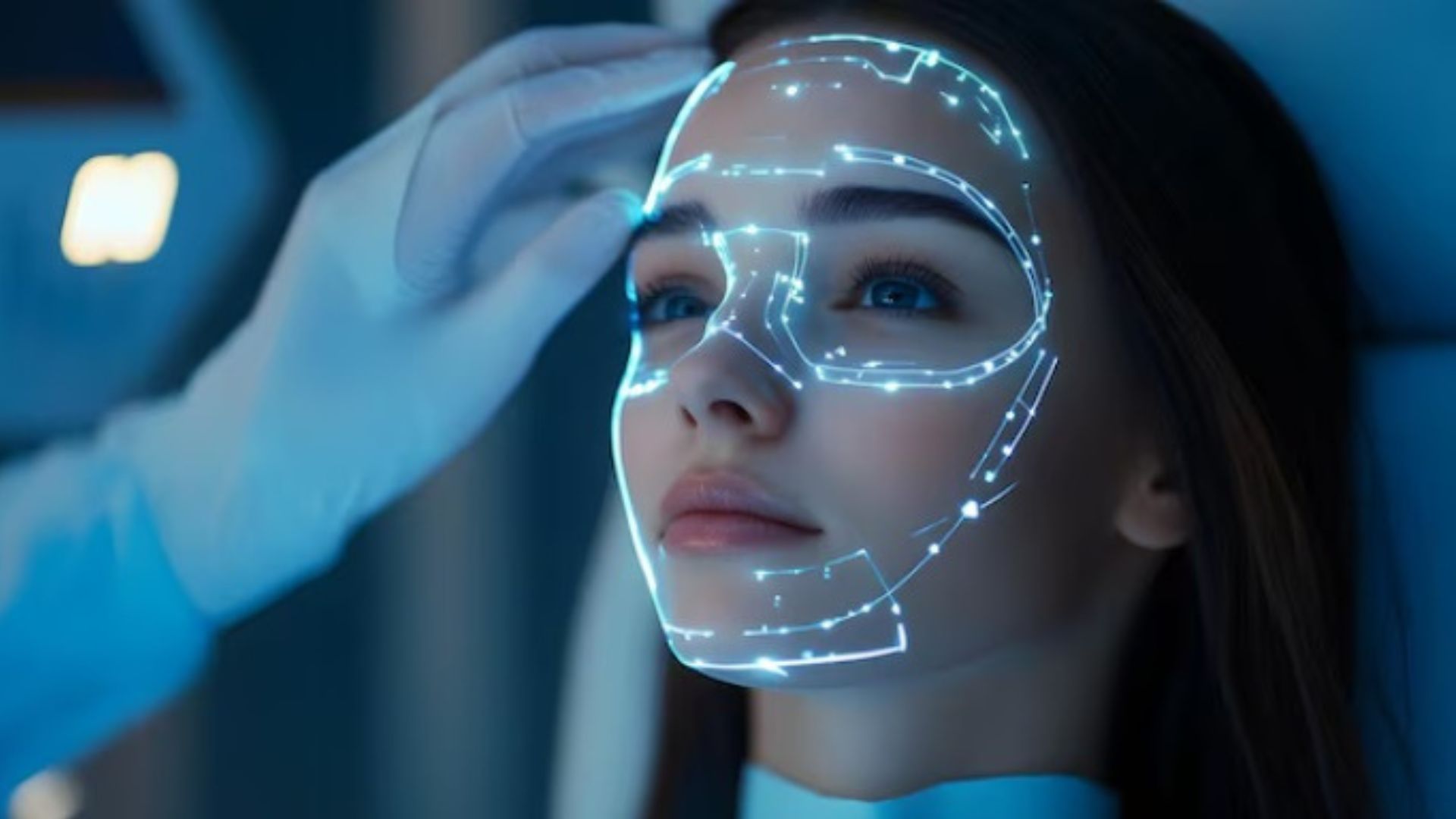

The Accuracy of AI Dermatologists in Diagnosing Skin Conditions
We’ve all been there. You notice a weird spot on your skin. Is it new? Has it changed? Your mind starts racing. Should I see a doctor? But then life gets in the way—booking an appointment feels like a hassle, and who has the time?
Enter AI dermatology apps. These tools promise to analyze a simple smartphone photo and tell you if that mole is probably fine or worth a closer look. It sounds almost like magic. But is it too good to be true? Let’s talk about how accurate these digital doctors really are.
When it comes to your skin, one mistake can be huge. Some things that seem harmless may be serious, and some things that seem frightening can turn out to be completely fine. This is particularly the case with skin cancer—finding it early can literally save a life, but failing to find it or creating unnecessary alarm is not helpful either.
That’s why precision isn’t a technical word in this case; it’s everything.
How Is It Even Possible?
It’s easier than you’d imagine. These AI systems have been “taught” by being shown millions of images of skin disorders all of which were previously diagnosed by dermatologists. So, when you post your photo, the AI is not guessing; it’s matching your mark to all it has learned previously.
It’s like holding up a photo of a bird to somebody who’s spent their entire lifetime learning about birds they’re going to know it fairly rapidly.
So… Is It Accurate?
Here’s where it gets interesting. Studies have shown that in many cases, AI is really, really good at this.
In one study, an AI system correctly identified 95% of dangerous melanomas, while a group of dermatologists found 87%. That’s impressive! In other words, the AI caught things even experienced doctors sometimes missed.
Many of these tools now can accurately spot dozens of common issues from eczema and acne to psoriasis with accuracy rates hovering around 85-90%, which is right up there with human specialists.
But It’s Not Perfect (Here’s the Fine Print)
As cool as this tech is, it’s important to know its limits:
It’s better at some things than others. AI is great at spotting classic patterns like typical melanomas or common rashes. But weird, rare, or really subtle conditions? That’s where human experience still wins.
- The camera matters. A blurry, shadowy, or poorly lit photo can throw off the results.
- Not all skin is represented equally. Early AI was mostly trained on lighter skin tones. Thankfully, this is improving, but it’s still a work in progress.
- It doesn’t know you. An AI can’t feel the texture of a spot, ask about your family history.
Few Limitations
Narrow Focus: AI may excel at spotting melanoma but struggle with more complex rashes or overlapping conditions.
No Clinical Judgment: AI cannot feel, biopsy, or consider patient history like a human doctor can.
Ethical Concerns: Privacy issues arise when sensitive images are uploaded to cloud databases.
The Best Thing AI Bring to the Table
It’s not about who’s better AI or doctors. The real power is in teamwork.
Imagine this: You use an app at home to check a mole. It says, “Looks okay but get it monitored.” That gives you peace of mind and a nudge to keep an eye on it. If it says, “High risk—see a doctor,” you can quickly book an appointment, maybe even through the app itself.
Doctors can also use AI in their clinics to double-check their own observations, making sure nothing gets missed.
It’s a win-win.
AI dermatology apps are incredibly useful tools. They’re fast, accessible, and surprisingly accurate for many common issues. They’re perfect for:
- Quick checks between doctor visits
- People who live far from a specialist
- Deciding if something is urgent or can wait
But they’re not replacements for a professional diagnosis. Use them like you’d use a helpful friend’s opinion valuable, but not the final word.If you ever have concerns, or if the app says you need to visit a doctor. listen. Your health is that extra step worth it.AI skin apps are amazing for providing you with an initial glimpse and keeping you in touch with your skin health between appointments. They’re quick, easy, and surprisingly acerbic. But keep in mind those are the directions, not the destination.
If you ever need to know for sure, or you simply want that assurance which comes with a professional judgment, visiting a GP Dermatologist Chermside is the solution. They provide the correct diagnosis, tailored treatment, and human reassurance that technology cannot.Put it this way: AI provides you with the what. A GP Dermatologist Chermside provides you with what now. Complement each other, and they make the ideal pair for maintaining your healthy skin and your peace of mind.



